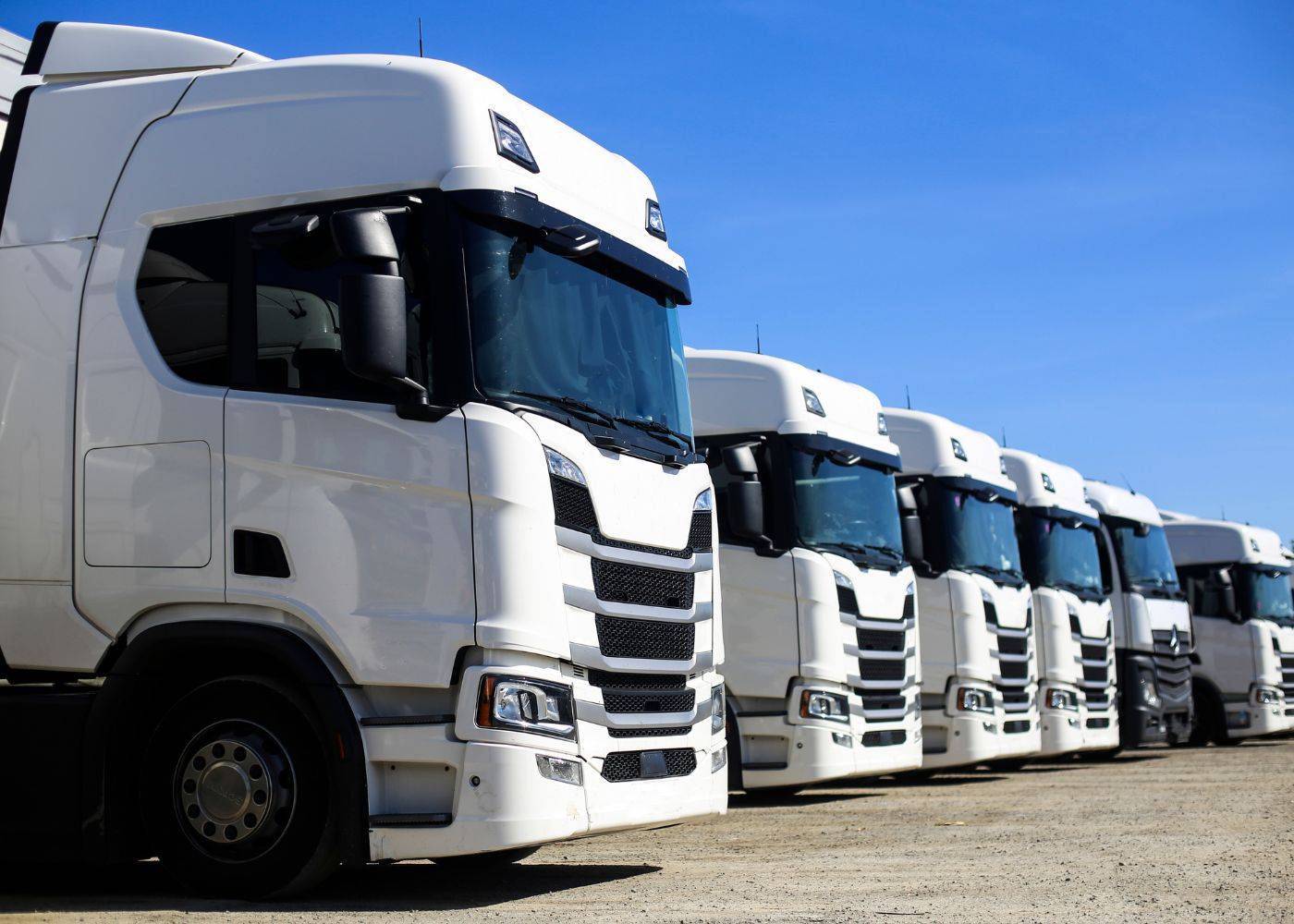The transition to electric trucks is accelerating, driven by technological advancements and environmental objectives. Increased range, rising sales, and manufacturer commitment: the road freight transport sector is beginning a profound shift towards electrification. Nicolas Meunier, Head of the Transport Division at Carbone 4, takes stock of this evolution and its challenges, highlighting recent advances and the hurdles to overcome in order to realise this revolution in road freight.

Nicolas Meunier
How has the electric truck market evolved since the study published by Carbone 4 in June 2022?
One of the major advancements observed over the past two years has been the improvement in range. We’ve gone from 150 to 200 km range in 2022 to 400 km currently, with new models developed by several manufacturers. Many transporters indicate that a minimum of 350 km is necessary to ensure their routes. It is thereforenow possible to cover urban routes, as well as regional ones. Long-distance (> 500 km/day) remains a question, but gradually, range thresholds are developing.
According to recent figures from the ICCT1, sales of electric heavy goods vehicles have tripled compared to 2022. The total number of models remains limited, as it is estimated that electric trucks account for 1% of the market in Europe. However, it is interesting to note that the development forecasts envisaged in our study are materialising as manufacturers are meeting their targets. They consider that 40 to 50% of their sales will be zero-emission trucks (mainly battery-powered) by 2030.
Why is electrification emerging as the preferred option for decarbonising trucks?
As time passes, developments in batteries and new truck models are making electric vehicles increasingly prevalent because this motorisation is gradually overcoming its main limitations (range, charging time, payload). Biogas and biofuels require a biomass resource that is limited and in competition with different uses. As for low-carbon hydrogen, it is a significantly more expensive motorisation due to energy efficiency issues. These energy vectors should therefore be reserved for heavy mobility, maritime, rail or long-distance road transport, and even with this allocation, the resource will not be sufficient to decarbonise this entire segment. The electric truck is therefore already to be favoured for goods and regional transport, and can also be considered for long-distance transport. It will therefore be able to meet different needs. Nevertheless, this technology calls for significant mineral resources, and it is therefore essential to limit the size of on-board batteries to the bare minimum in relation to the need for autonomy (taking into account available charging stations).
What are the solutions to overcome the barriers to the deployment of electric trucks?
The development of new models is an essential element. However, care must be taken not to go too far in increasing range. Across the Atlantic, trucks with nearly 1,000 kWh (e.g. Tesla Semi) of capacity are being developed, but batteries must not be too heavy so as not to penalise the possible load and limit environmental impact. The deployment of charging stations for heavy goods vehicles is the second condition, as the network is not yet operational to date, and electrified motorway sections could contribute to long-distance deployment in the medium term. Finally, training for drivers and those who plan logistics schemes is necessary. Transporters operate with numerous constraints, constantly. If a new constraint is integrated, it is important to explain its necessity, its interest for them and, more broadly, for the environment.
1 International Council on Clean Transportation (ICCT), European heavy-duty vehicle market development quarterly, mars 2024



